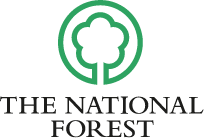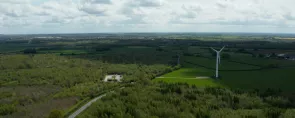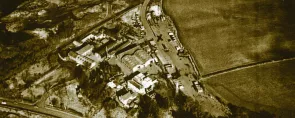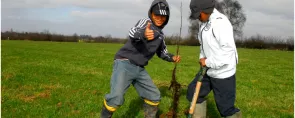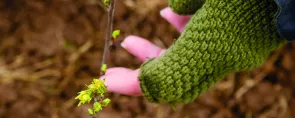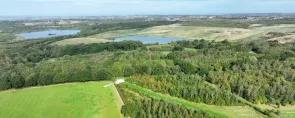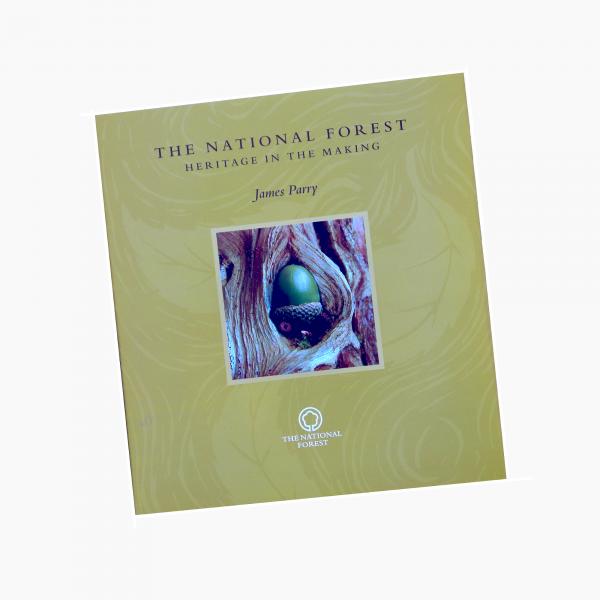The ambitious project, launched in December 2023 at the Rosliston Forestry Centre, saw the collaboration of the Forest with South Derbyshire District Council and East Midlands Butterfly Conservation. The initiative aimed at reintroducing the Purple Emperor to Derbyshire, and the recent sighting of this rare butterfly marks a significant milestone in the region's conservation efforts.
Hundreds of goat willow trees were planted as part of this initiative, creating an ideal habitat for the Purple Emperor. This large and elusive butterfly, affectionately dubbed ‘His Imperial Majesty,’ has been slowly migrating northward from its traditional habitats in southern England, likely influenced by climate change. Derbyshire now joins the neighbouring counties of Northamptonshire and Leicestershire, where the butterfly has also been spotted.
Ken Orpe, of the East Midlands branch of Butterfly Conservation, hailed the sighting as a significant achievement. He expressed his excitement over the presence of the Purple Emperor in Derbyshire, a species not seen in the area since records began in 1829. The first sighting occurred on 8 July, when a male Purple Emperor was observed on a driveway in Bretby, South Derbyshire. This milestone offers residents the rare opportunity to witness this majestic butterfly without traveling to southern regions.
The goat willow trees, a key component of the butterfly’s habitat, were planted with the support of various partners, including The National Trust at Calke Abbey, Staunton Harold, and Foremark, as well as in Mimi’s Wood, Grangewood, Catton Park, and other woodland sites in the area. These trees provide an ideal habitat for the butterflies’ eggs and a crucial food source for their caterpillars.
Our success in increasing the butterfly population lies in our unwavering commitment to habitat creation in areas that just 30 years ago had been left scarred and barren by years of coal mining and clay extraction. The strategic planting of goat willow saplings serves a dual purpose – enhancing the overall biodiversity of the area while specifically addressing the habitat needs of the Purple Emperor butterfly.
As the latest State of Nature Report shows, the UK is grappling with a serious decline in butterfly populations. Yet, here in the Forest, emerges a beacon of hope and inspiration. The 2015 Butterfly Conservation report showed that butterflies decreased nationally by 16%, while in the Forest, we saw a 14% increase over the same ten-year period.
By addressing the specific requirements of the Purple Emperor butterfly, we are exemplifying how targeted actions can make a significant difference in reversing the fortunes of a particular species. Our conservation efforts are a living example of how people and nature can thrive together, ensuring that future generations can continue to enjoy the breathtaking beauty of the Purple Emperor.
Join us in celebrating this triumph and the ongoing journey to preserve our natural heritage. The return of the Purple Emperor to Derbyshire is not just a success for conservationists but a testament to the power of collaboration and dedication in the face of environmental challenges.
If you'd like to help us continue to support wildlife and create habitats in the National Forest, then find out you can support our work, here.
